| Car Albums | |||||
| Makers | |||||
| Models | |||||
| Standard Cars | |||||
| Full menu functions for the buttons above are only available if you ALLOW BLOCKED CONTENT. My menu scripts provide drop-down menus that have been tested with the latest Mozilla browsers. If the scripts do not run, limited navigation is given by these buttons | |||||
Flying Standards Flying Standards got their name from the new flag badge which seemed to be 'flying'. Models were introduced during 1936 beginning with the Flying Twelve (1609cc sv), Flying Sixteen (2143cc), and Flying Twenty (2664cc 6-cylinder). Later in 1936 a new Flying Twelve was launched with a lighter and smaller body, and the related Flying Ten (1343cc sv). All these cars had a beetle-back body. A Flying Nine was added in 1936 with an 1131cc engine and in 1938 the smaller Flying Eight, and finally the 1776cc Flying Fourteen whose engine was used by the Jaguar 1½-litre and which replaced the Sixteen in 1937. Fisher and Ludlow produced most of the bodies, but Mulliners of Bordesley Green made Drophead Coupes on Tens, Twelves and later Eights. Carbodies made open tourer bodies on the smaller cars. The beetle-back bodies were replaced with notchback bodies. There was a Flying Twenty V8 with 2686cc engine but few were sold. 'Waterfall' grilles were given to all models for 1938, with the Flying Ten Super, Flying Twelve Super and the new Flying Eight being given independent front suspension. There were Utility versions of Twelve and Fourteen models through the war years. In 1945 production resumed of the Eight, Twelve and Fourteen, the 'Flying' name being dropped, and in 1948 production of all these models gave way to Triumph Renown, Roadster and Standard Vanguard models. |
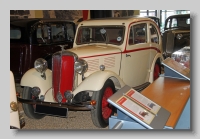
|
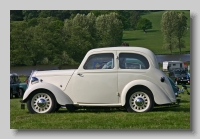
Standard Flying Eight
|
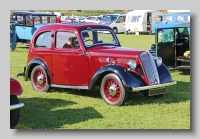
Standard Flying Nine
|
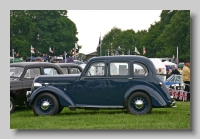
Standard Flying Ten
|
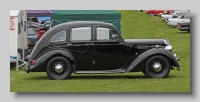
Standard Flying Twelve
|
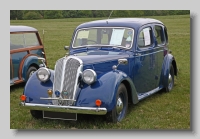
Standard Flying Fourteen
|
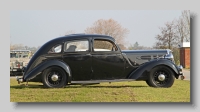
Standard Flying Twenty
|
| British Cars | Simon Cars | ||||
Images created by Simon GP Geoghegan Email Simon